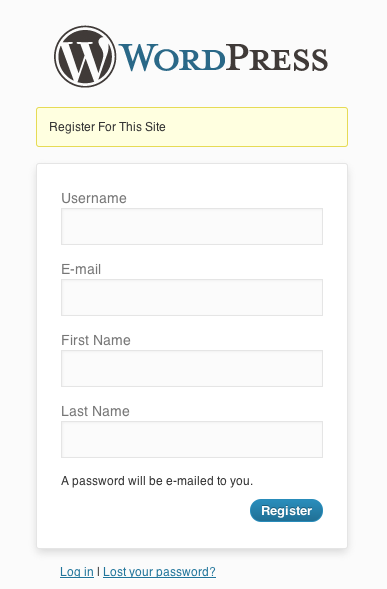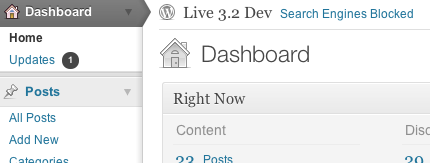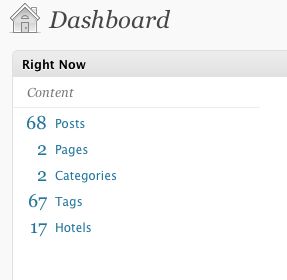If you have a WordPress Network and you use the My Sites menu a lot, you might wish the list was sorted alphabetically, rather than by site ID.
Here’s how you can reorder that list
Method 1: Modify the Admin Bar/Toolbar directly
add_action('admin_bar_menu', 'reorder_my_sites');
function reorder_my_sites( $wp_admin_bar ) {
//get "my sites"
$mysites = $wp_admin_bar->user->{'blogs'};
//and remove the unsorted list
unset( $wp_admin_bar->user->{'blogs'} );
//loop thru mysites to get id and title
$pairs = array();
foreach($mysites as $id => $info) {
$pairs[$id] = strip_tags($info->blogname);
}
$pairs = array_map( 'strtoupper', $pairs );
//sort by title, keep id
asort($pairs);
//loop thru sorted sites, and put back in menu
foreach ($pairs as $id => $title) {
$wp_admin_bar->user->{'blogs'}->$id = $mysites[$id];
}
}
Method 2: Reorder the user’s blogs, before the menu is rendered
add_filter('get_blogs_of_user','reorder_users_sites');
function reorder_users_sites( $blogs ) {
$f = create_function('$a,$b','return strcasecmp($a->blogname, $b->blogname);');
uasort( $blogs, $f );
return $blogs;
}
Method 2 credit



